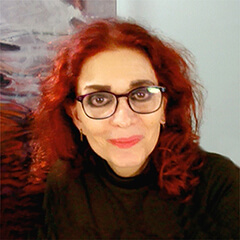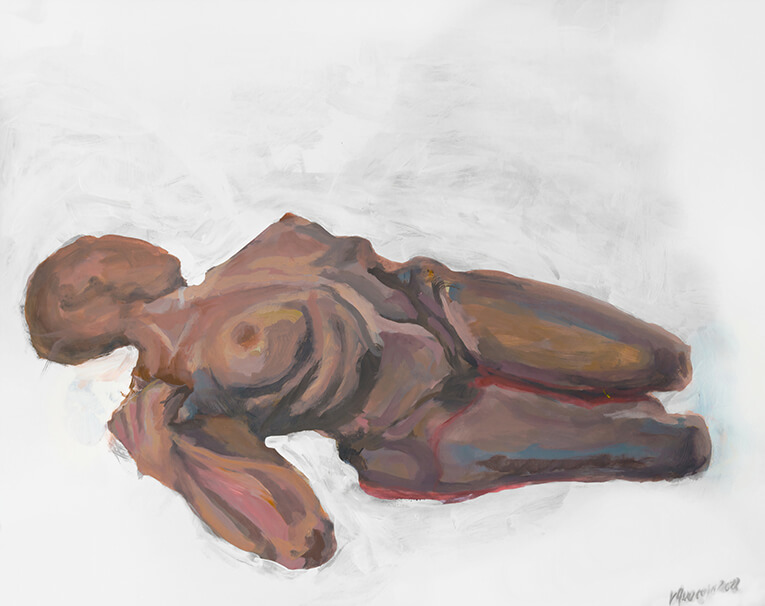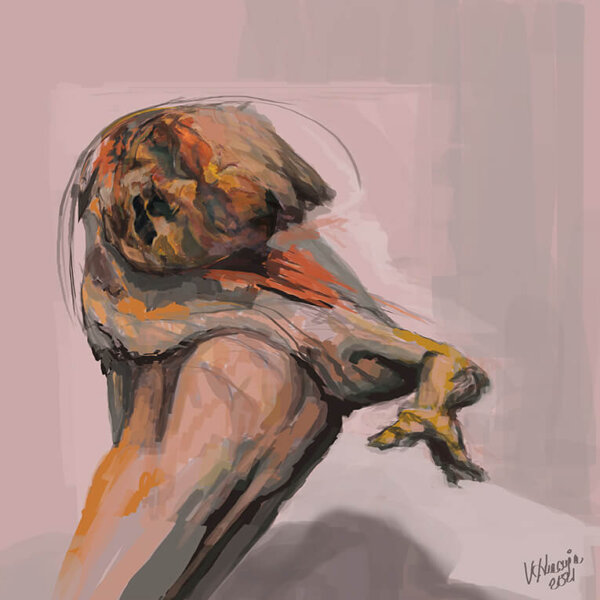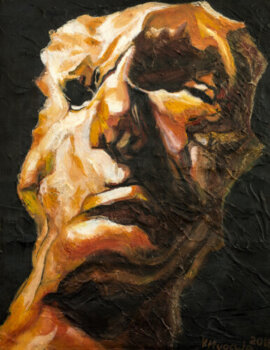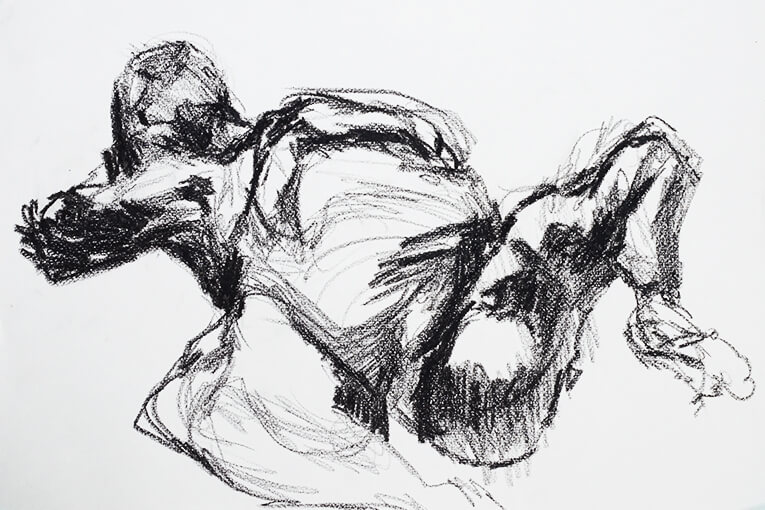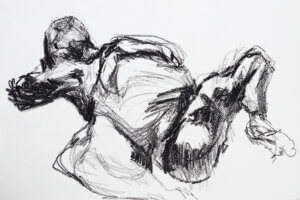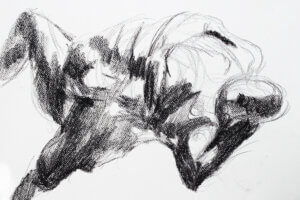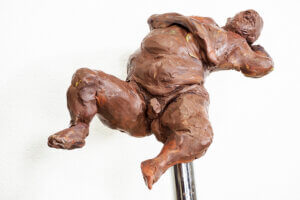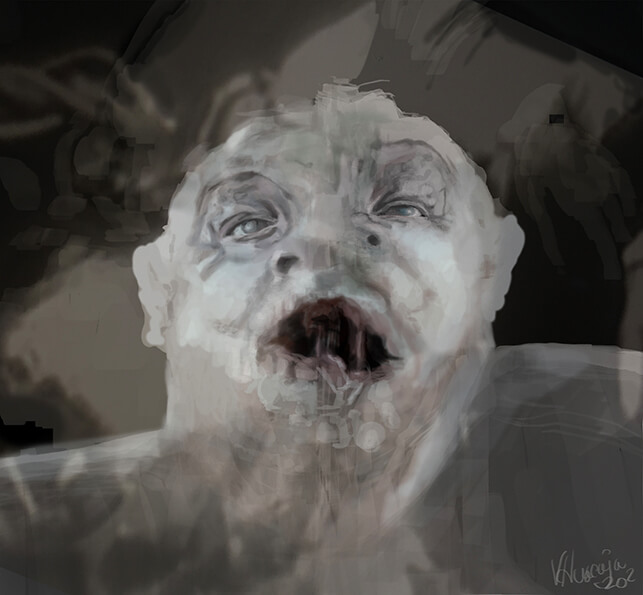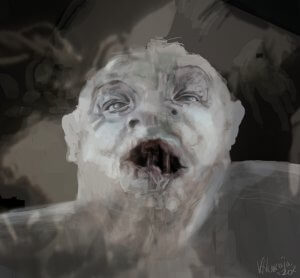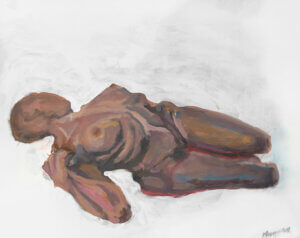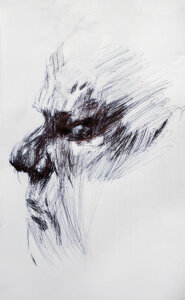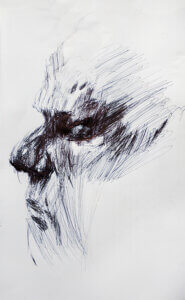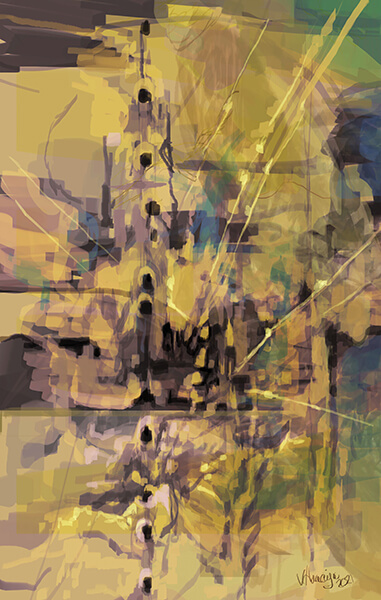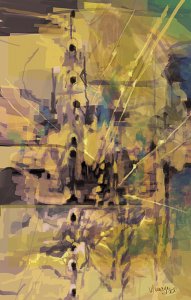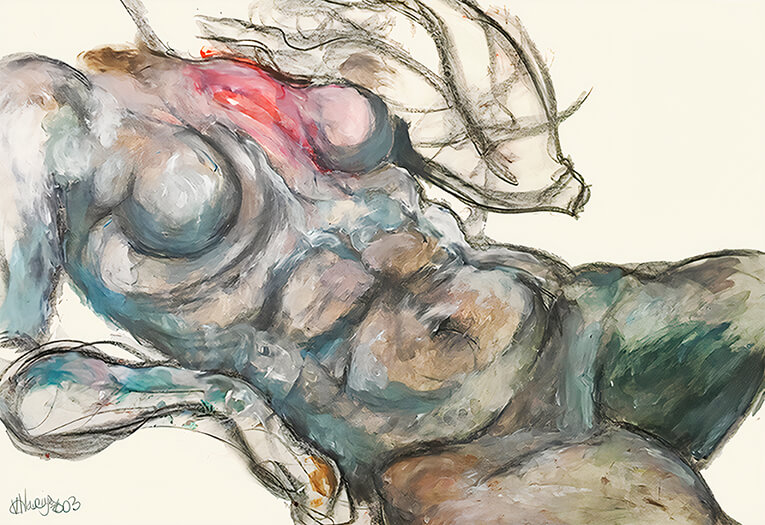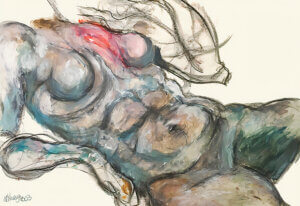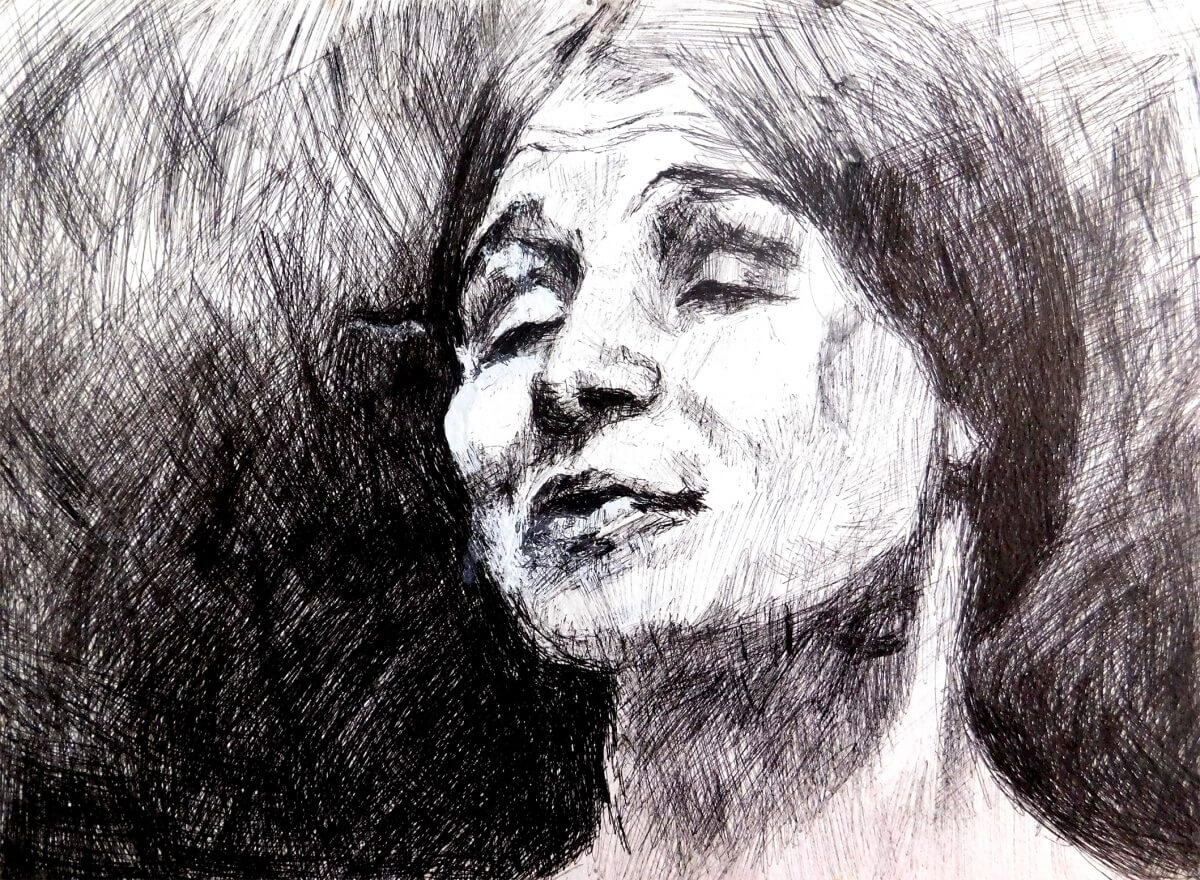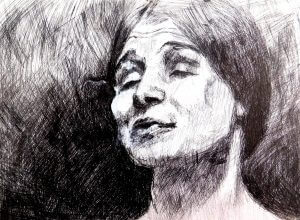Welcome to another Art Blog. My name is Veronica Huacuja (it is pronounced wu-a-koo-ha). I’m a plastic artist, and an online art teacher. I’ve some good practical tips for your painting process.
LET’S TALK ABOUT SOMETHING IMPORTANT REGARDING OUR ART MATERIAL.
Don’t throw away the paper or canvas on which the results we achieved were not what we expected. Keep them and use them for a better try…, but this new use must be a strategic one.
My recommendation for an additional work (made in the same material we have kept) is to leave some elements of this original work. This means, not cover with paint the whole original failed artwork, but to integrate it into the new one. This will improve the expression on our second try. To exemplify the above, I add the data sheet of the work I’m presenting:
Title: Woman 10
Artist: Veronica Huacuja
Medium: Acrylic on paper
Size: 61 x 48.3 x 0.1 cm
Year: 2022
Collection: Women
![]()
Woman 10 results from my second try on an unsatisfactory work.
Material.
- An unsatisfactory work on paper or canvas.
- Acrylics paintings.
- 3 brushes. The size of the paper or canvas determines the size of the brushes. When we paint on a small surface, the brushes must be small and vice versa. For this work, I used rectangular brushes less than an inch thick.
- Water.
Visit my patron’s feed. You’ll find images that describe the process of Woman 10 using a failed painting on paper I made some time ago: https://www.patreon.com/posts/61243765
A SECONDARY TOPIC. I’d like to talk about the relevant use of physical models in our artwork. If, on the contrary, we use a photograph as an initial resource, we’d be working on interpreting another artist, in this case, the photographer. If so, we’d be copying the gesture or other elements he already solved. And I add something relevant, we’d be working on a two dimensionality (height and width), not on a three dimensionality (height, width and depth). So, the recommendation is to use a physical model and to make our own interpretation out of it. Also, by doing the latter, we improve the coordination of our sight, brain activity and physical capacities (our hand skills). This training will help us achieve rhythm, dynamism, character and gesture in our work.
LET’S DEDUCE A SIGNIFICANT MEANING FROM THE ABOVE. Besides taking care of the costs of our painting materials, second tries (even third ones or more) increase our capacities as painters.
Visit any time:
I offer Art & Mindfulness for Business Groups. A Virtual Program for Creativity and Well-being at https://veronica.mx/artprogram
My Body of Art
My Art Shop
Other Art Blogs
Art Posts and Videos at Patreon
Instagram: veronicahuacuja
TikTok: veronicafineart
Youtube: Veronica Fine Art
Email: art@veronica.mx
Thank you for reading.
